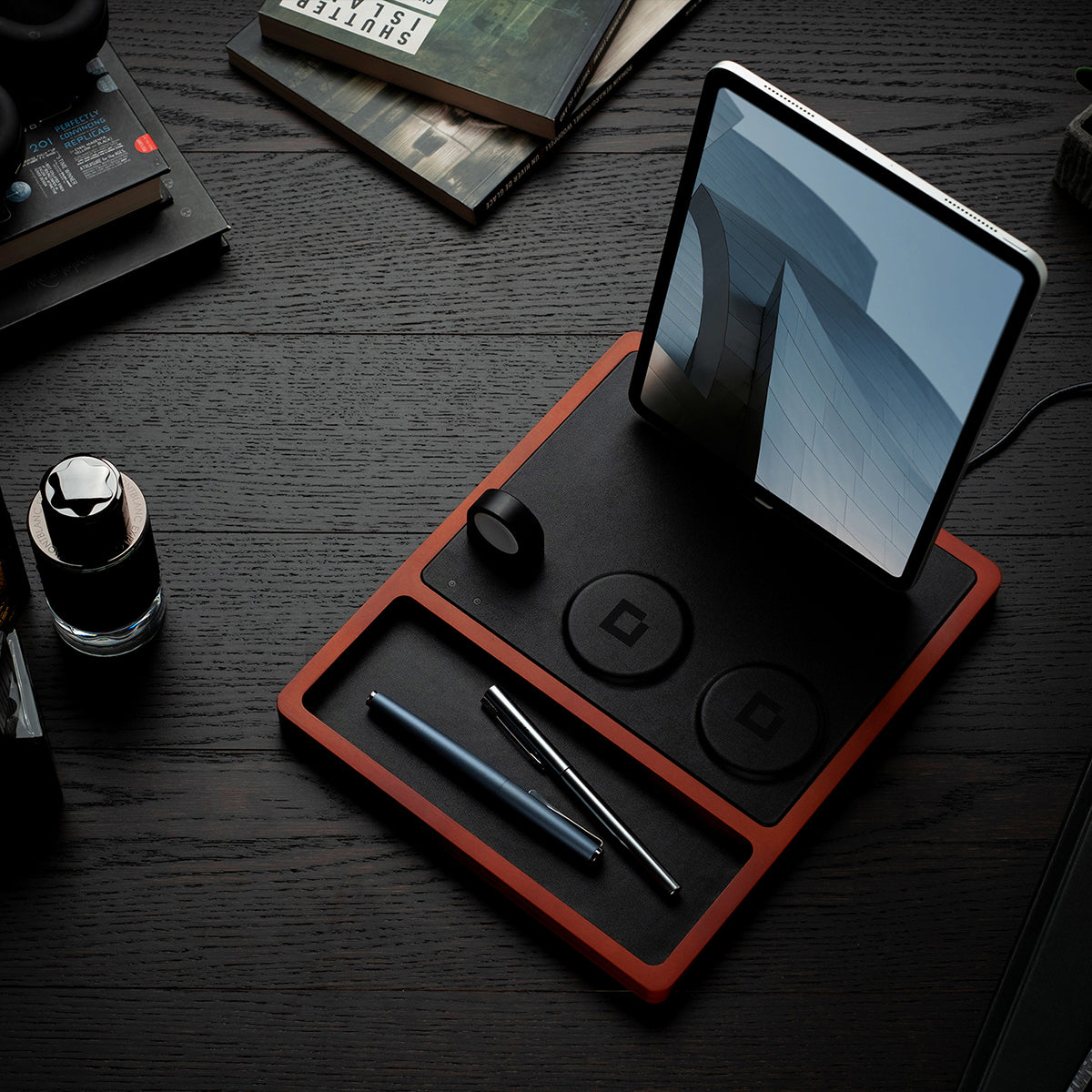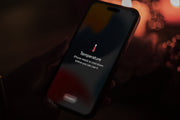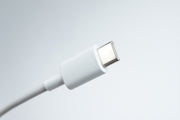What Is Fast Charging, and How Does It Work?

Too many devices, so many apps, and so much charging to do; while a regular charger seems like a savior, sometimes we need it to charge faster. Being limited by cable length and a lengthy charging period can be limiting; however, fast and wireless charging changed the game. So, to start with, we’ll answer the two main questions, what is fast charging, and how does it work?
What Is Fast Charging?
Fast charging is the process of charging faster than regular chargers. Typically, a charger delivers a certain number of watts to batteries to recharge, and fast chargers have an increased number of watts for quicker charging.
Is wireless fast charging possible? Yes, it’s possible, but it needs a wireless charging stand with the required number of watts for fast wireless charging and a device that supports inductive charging to gain all the benefits.

How Does Fast Charging Work?
What is a fast charger? A charger usually provides a current to the device to recharge; this current is measured in amperes and volts. The watts in a charger act as a multiplier for the current, as it multiplies the number of amperes by the volts, resulting in higher power output and quicker charging.
Fast chargers utilize the same principle but are higher in watts; when individuals plug their phone into a fast charger, the voltage reaches a peak, delivering the highest performance to recharge the batteries quickly, which can last for a while.
However, the peak charging speed may slowly degrade over time, and the charging pace might become slightly slower when the battery is nearly half full. When the device is almost full, fuller batteries require less voltage, and the charger will begin to stop and start periodically or provide smaller currents.
Advantages and Disadvantages of Fast Charging
Devices that support fast chargers usually have bigger batteries, which means the device will be able to process and perform at a higher rate, and they tend to retain power throughout the day. Additionally, when charging, they require less time.
Devices that support fast charging are equipped with failsafe technology for hardware and software, which protects the battery from frying and exploding by managing heat dissipation and power surges. Nevertheless, it puts the device at risk of overheating due to the increased voltage in the current, making it more likely to damage battery life if not used correctly.
Individuals who use fast-charging devices tend to overuse their phones and continuously recharge, increasing the charge-discharge cycle. This effect increasingly damages Lithium-Ion Batteries, commonly found in fast-charging devices.
Is Fast Charge Safe?
Not necessarily; when used for long periods, high voltage currents can damage batteries; however, newer devices have battery charging management features that significantly reduce possible damage.
Luckily, fast charging is done in two phases; the first one usually is when the charger functions at the highest peak for optimal power when devices are low on battery capacity. However, when it reaches half capacity more or less, the charger reduces speed to prevent overheating or stressing the battery, which is the second phase. Some devices can detect temperature and automatically shut down fast charging.
Smartphone Fast Charging Standards
It differs between devices and hardware manufacturers; some use the USB Power Delivery standard, and others use Qualcomm Quick Charge. The standard USB Power Delivery is between 18 to 150 watts; however, C-type cables can provide up to 240 watts. Qualcomm Quick Charge uses Snapdragon processors and can charge 50% of battery capacity in five minutes.

Which Mobile Phones Support Fast Charging
Lately, all devices are equipped with fast charging; however, the speed and performance vary between devices and brands. Some brands use this feature: Xiaomi, OnePlus, Redmi, Samsung, and iPhone. The concept has become quite common and is found in different devices, whether you’re an Android fan or an iOS fan.
Most of these phones support fast charging but differ in other features. Nowadays, fast charging is a feature that can be done wirelessly; this is great because some of these stations can charge more than one item at a time; some duo chargers can equip both ear pads and mobiles devices at once, and others like trio options can equip a smartwatch, earpads, and mobile, and some are equipped to handle four devices at once with no concern of compatibility.
Fast Charging For iPhone
Generally, all iPhones support fast charging, but most old devices have a five-watt adapter and rely on what Apple calls USB Power Delivery, which is meant to increase battery lifespan by 50% in approximately 30 minutes. However, a USB-C-to-Lightning cable and an 18W adapter are better and provide the same speed.
Fast Charging For Samsung
Old Samsung devices use standard fast charging like the Galaxy S-series; newer devices feature Super-Fast Charging, increasing voltage and amperage. Some devices use a 45 watts adapter for Super-Fast Charging; others use 25 watts adapter but still charge super-fast charging.
What Is Wireless Fast Charging?
Instead of cables, a wireless charger uses a pad or a charging station that sends currents in an alternating electromagnetic field using a transmitter coil. But how does the device absorb the electromagnetic energy? It uses a receiver. Within the phone is another but smaller electromagnetic coil that picks up on the electromagnetic waves transmitted by the coil.
Types Of Wireless Charging: Inductive Vs Resonant Charging
Resonant charging is faster and doesn’t require proper placement; even if the device is misplaced or unaligned, the device will be able to receive electromagnetic waves when within range or small distances; the speed can vary, but it’s up to fifteen watts, however; inductive charging is slightly different, it requires the device to be attached to the station or the wireless charger and it chargers at speed up to five watts.
The future of fasting charging continues to grow; while standards may vary, some say we could be witnessing a shift, especially with wearables. Nevertheless, one standard never changes, and that is speed and efficiency.




